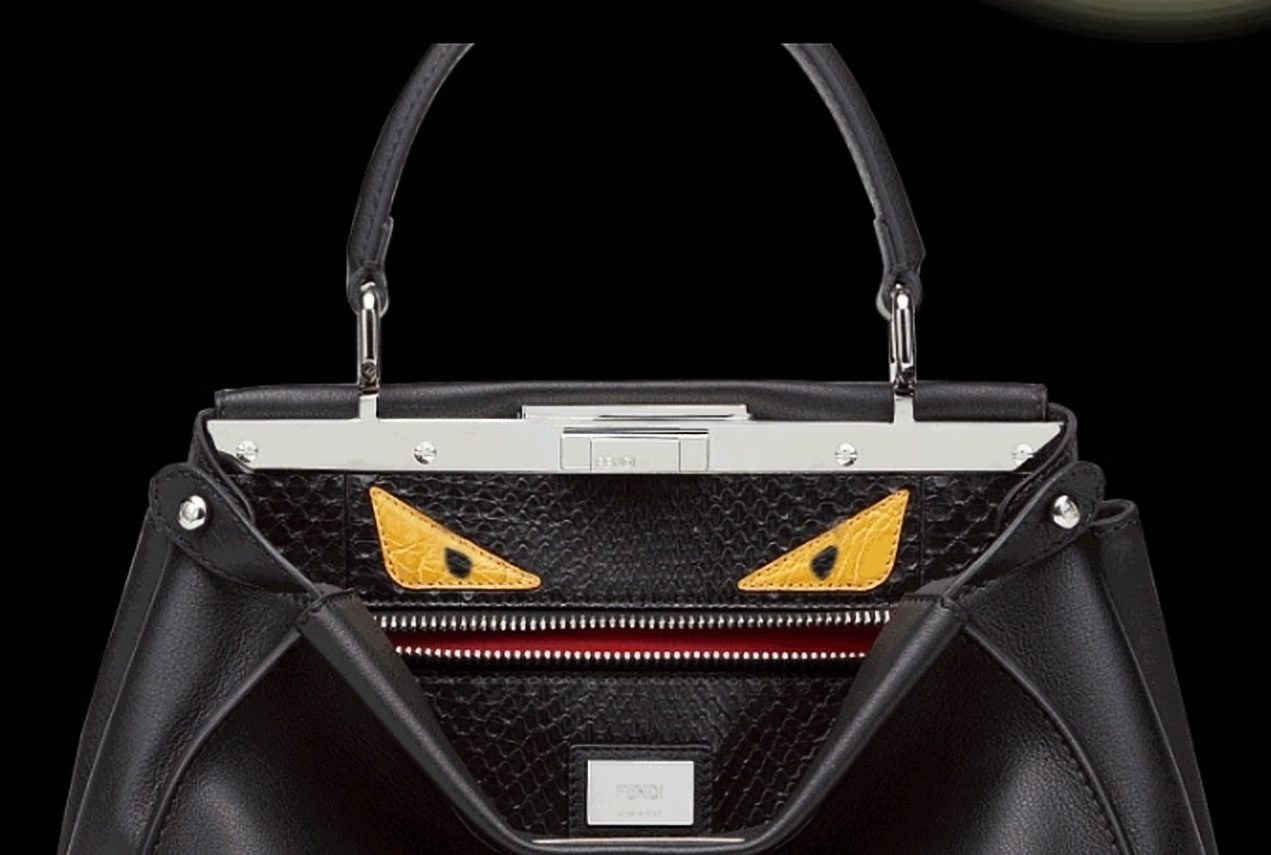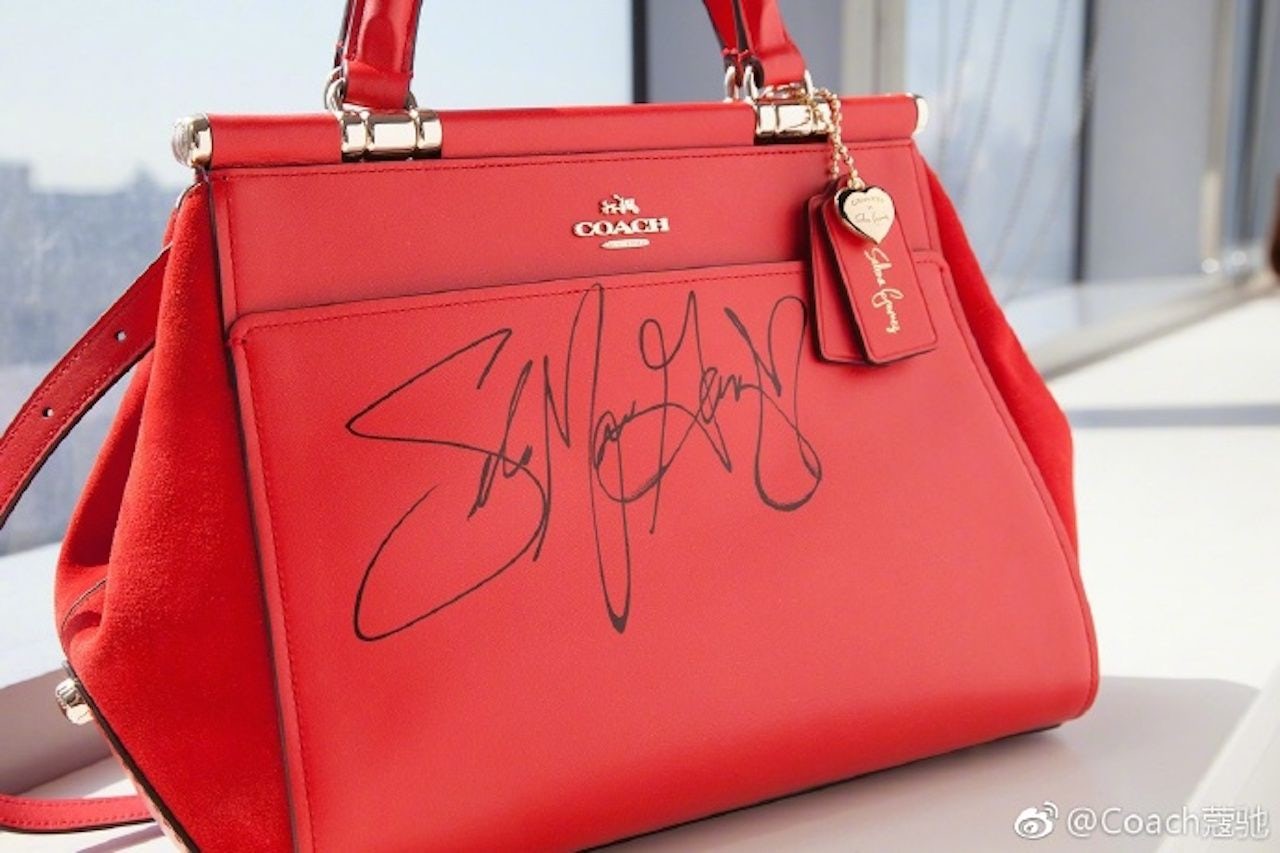For many retailers in the United States, October is not so much for Halloween as it is for Christmas. Still, some marketers are making the most of the spooky festival—even in China.
While Halloween in China might not conjure up the familiar haunted houses and jack-o-lantern carvings, trick-or-treating and costume parties are becoming increasingly popular, especially in first-tier cities like Beijing and Shanghai. Despite some resistance from China’s older generations, young, globalized consumers are becoming quick to accept holidays like Halloween because they associate them with modernity and they’re more recreational. From a marketing standpoint, this can be key.
Just like in the case of Valentine’s Day and Mother’s Day, brands are taking advantage of Halloween’s growing reputation among Chinese youth, using symbols from the typically U.S. celebration to provide fun, interactive ways of sending a message to millennials on social media.
The rise of Halloween is not only catching the attention of marketers in China. In the U.K. where the holiday is traditionally less popular, Halloween is gaining steam, with internet searches during the month of October for “Halloween” more than 50 percent higher than searches for “Christmas” during the month of December. The senior brand manager for Budweiser UK tells Marketing Week, “People of all ages want to have a unique experience and adults will spend big on great experiences. This isn’t just a US trend anymore either – we’re now activating major campaigns in China and all across Europe.”
Experiences are what brands are giving their Chinese customers. Of course, throughout Beijing and Shanghai, high-end bars and hotels are known to host high-profile Halloween parties and brunches aimed at both families and party-goers, but experiences also extend to the digital world. On WeChat this week, Fendi released a post featuring “spooky” animations likening their handbags and sneakers to monsters. Readers were invited to enter Fendi’s prize draw by leaving a comment below the post. Fendi also released an exclusive set of fuzzy bag charms this month that they call “Witches.”
Meanwhile, Moleskine taps into the culture of trick or treating with a Halloween-themed post that uses the words “goodies” and “candy” to tempt its WeChat audience with a flash sale at two different stores in Beijing featuring a stock of limited-edition notebooks and free gifts with a certain purchase amount.
There’s still plenty of room for more creative Halloween campaigns on Chinese social media as some brands have kept their creative marketing strategies U.S. focused. For example, Dior worked with Bella Hadid this year to launch a Halloween-themed video campaign that gives viewers tips on Halloween make-up using Dior products.
China also has its own ghostly traditions that have attracted the attention of luxury brands in the past. During Tomb Sweeping Festival, people burn paper objects, from paper mansions and paper luxury cars, to paper iPhones and paper Gucci bags, to gift to their loved ones in the afterlife.


